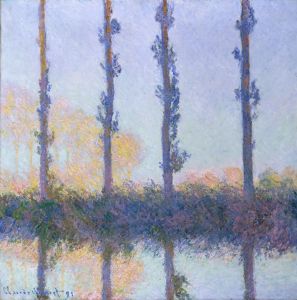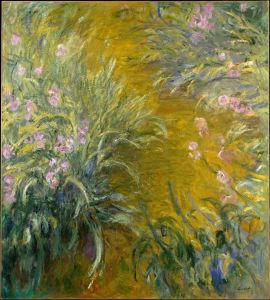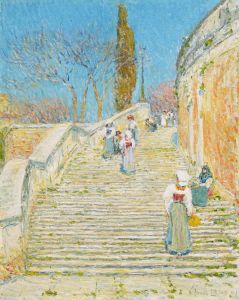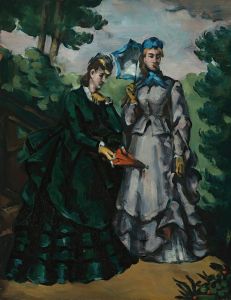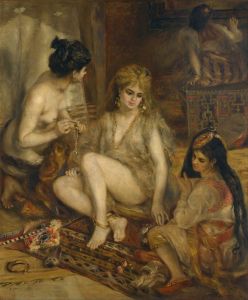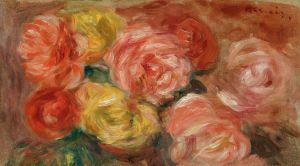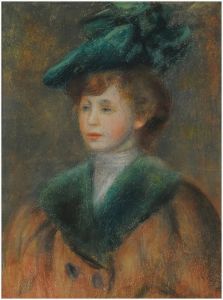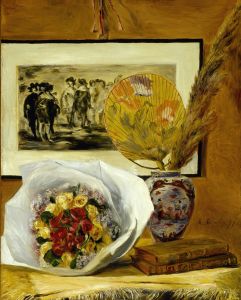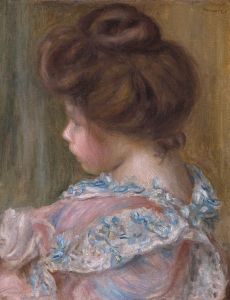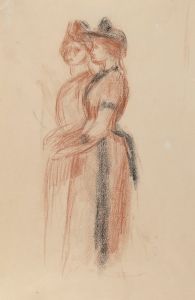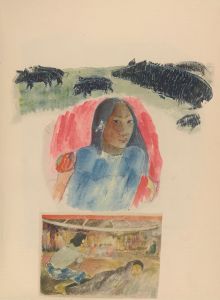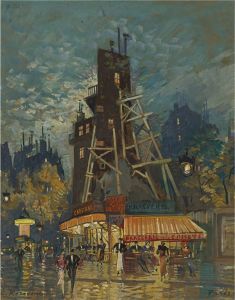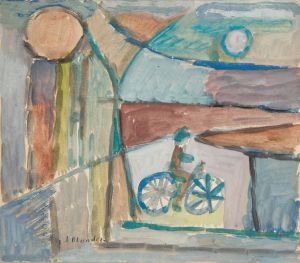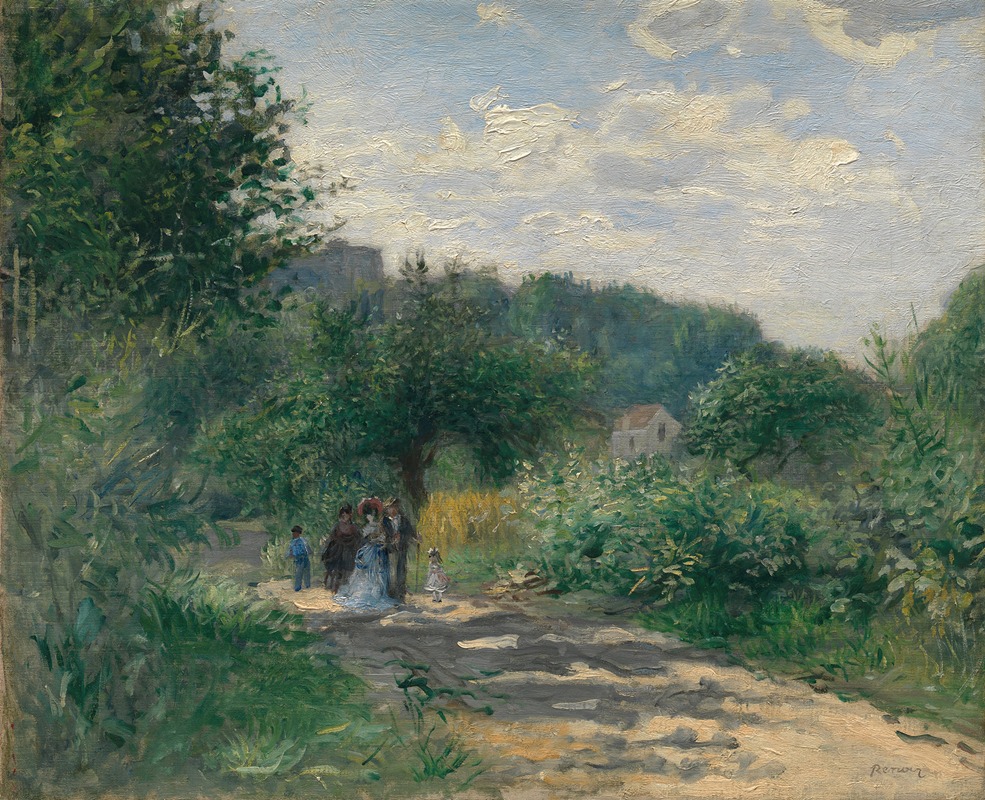
A Road in Louveciennes
A hand-painted replica of Pierre-Auguste Renoir’s masterpiece A Road in Louveciennes, meticulously crafted by professional artists to capture the true essence of the original. Each piece is created with museum-quality canvas and rare mineral pigments, carefully painted by experienced artists with delicate brushstrokes and rich, layered colors to perfectly recreate the texture of the original artwork. Unlike machine-printed reproductions, this hand-painted version brings the painting to life, infused with the artist’s emotions and skill in every stroke. Whether for personal collection or home decoration, it instantly elevates the artistic atmosphere of any space.
Pierre-Auguste Renoir's painting A Road in Louveciennes is an example of the artist's early work during the Impressionist movement. Created in 1870, the painting depicts a serene rural scene in the village of Louveciennes, located near Paris, France. Louveciennes was a popular location for many Impressionist painters, including Camille Pissarro and Alfred Sisley, due to its picturesque landscapes and proximity to the city.
The artwork portrays a quiet road bordered by trees, with a soft interplay of light and shadow that reflects Renoir's growing interest in capturing the effects of natural light. The brushwork is loose and fluid, characteristic of the Impressionist style, and the palette consists of earthy tones and subtle greens, which evoke the tranquility of the countryside. The composition draws the viewer's eye along the winding road, inviting them to imagine strolling through the peaceful setting.
Renoir painted A Road in Louveciennes during a period when he was experimenting with plein air painting, a technique that involved working outdoors to directly observe and depict the natural environment. This approach allowed him to explore the changing qualities of light and atmosphere, which became central themes in his later works. The painting reflects the influence of his contemporaries, particularly Claude Monet, with whom Renoir often painted side by side during this time.
The village of Louveciennes itself held a special appeal for artists of the era. Its idyllic scenery and proximity to the Seine River provided ample inspiration for landscape paintings. Renoir's choice of subject matter in this work demonstrates his interest in capturing everyday scenes of rural life, a hallmark of the Impressionist movement.
Today, A Road in Louveciennes is recognized as an important example of Renoir's early contributions to Impressionism. The painting is held in the collection of the Pushkin State Museum of Fine Arts in Moscow, Russia. It continues to be celebrated for its delicate rendering of light and atmosphere, as well as its role in the development of Renoir's artistic style.





